Carlos Moro’s Testimony in Photos
Images:Antonio Nodar, Text: Perplexity AI and Carlos Moro
Carlos Moro’s life, as charted in these images and words, invites us into the intimate architecture of struggle and resilience. He teaches: begin self-care the moment reality arrives—tend not just to the body but to the quiet rituals stitched through each day; each routine is a claim against chaos, a declaration that dignity endures.
He shows that vitality is possible even when strength wanes. A sudden gesture, a laugh, a memory offered to friends—these are not mere echoes of a life before illness, but the pulse of a will determined to create meaning in the present. His advice rings true: seek out small joys and alternative comforts, do not let despair become the sole companion.
Through hands that prepare medicine and adjust a coat, Carlos demonstrates that autonomy and vulnerability need not be opposed—the smallest act of care becomes a song of perseverance. His trust in those around him, medical and familial, is echoed in embraces and in the choreography of caretaking, reminders that no battle is fought or lost alone.
Love, for Carlos, is not figured as escape, but as a radical presence. His urging—tell your story, cry, do not shy away from touch or honesty—transforms illness from isolation to communion. Within Monica’s arms and in the compassionate hands of friends, the boundary between giving and receiving dissolves.
In daily reflection and the gaze held in the mirror, Carlos accepts change, adapting soul as much as flesh. His parting teaching is simple but profound: everything is relative, and what matters is not how many days remain but how fully each is lived. Through the ordinary and the extraordinary, through connection and silence, suffering becomes a kind of legacy—a message for those who remain.
To the end, Carlos calls for courage, acceptance, and love. His testimony, immortalized in gesture and gaze, compels us to interpret life not by what is lost, but by what we choose to nurture—one another, and ourselves.
Carlos 14 points:
1 / Comenzar a cuidarse tan pronto sea detectada la enfermedad (comidas, bebidas etc.). El estrés es un elemento negativo, al igual que los sobre esfuerzos.
2 / Conectar con un psicólogo que conozca el tema (la atención puede ser gratuita).
3 / Respecto a la medicación, tomarla siempre a las mismas horas y con algo en el estomago.
4 / Preguntar al medico que es cada cosa. Si no preguntas, no te lo dicen.
5 / Intentar tener buenas relaciones con los medicos y todo el personal sanitario que versa continuamente en los sucesivos ingresos. Saldrás ganando.
6 / Confiar en los medicos
7 / A medida que la enfermedad avanza, los ánimos bajan. Intentar conectar con algún tipo de medicina alternativa, por ejemplo masaje y reflejo terapia. Son muy buenas para calmar la mente y relajar el cuerpo.
8 / No obsesionarse con la enfermedad. Buscar salidas.
9 / Asumir que la enfermedad te va a cambiar física y psíquicamente. Procurar aceptar ese cambio sacándole lo positivo. Es como dejar las drogas.
10 / Intentar no relacionarte con los amigos en fases avanzadas. Luego te comes el coco.
11 / Con el tiempo te das cuenta de la necesidad de contar tu problema. Díselo a tu familia y amigos, Te sentirás mucho mejor.
12 / Luchar hasta el final. Piensa que debes disfrutar de lo aun te queda de vida, hacer proyectos, quedar con tus amigos, llamarlos
13 / Llorar y no reprimir tus emociones. Facilitar el contacto físico . ïQuerer!
14 Darte cuenta de que todo es relativo, por lo tanto, no comerse el coco ni comérselo a los demás . Ser autosuficiente.
Solitude in the Living Room
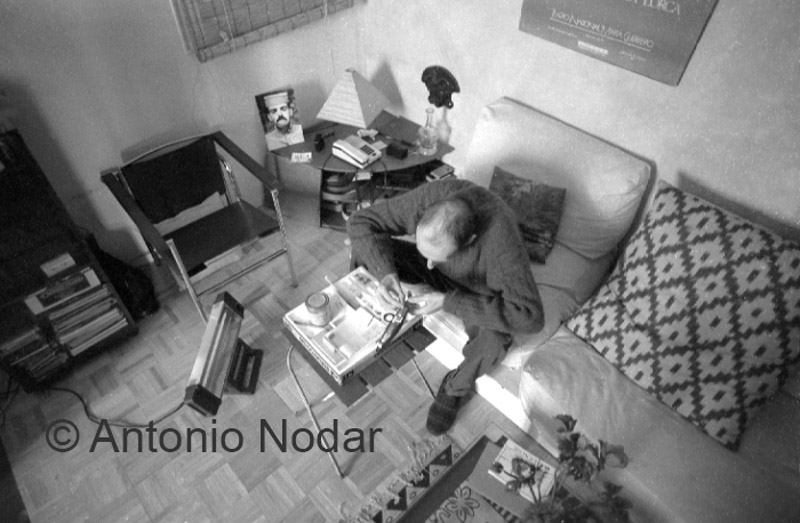
Carlos Moro sits in quiet introspection, surrounded by the objects and memories that filled his Barcelona home.
Solitude in the Living Room
A man sits enveloped by the quiet geometry of his space; light pours through the window, illuminating objects that speak of memory—books, music, notes. This room is both shell and stage. The stillness is not loneliness but the gathering of strength, a negotiation between what survives outside and what endures within.
Defiant Movement
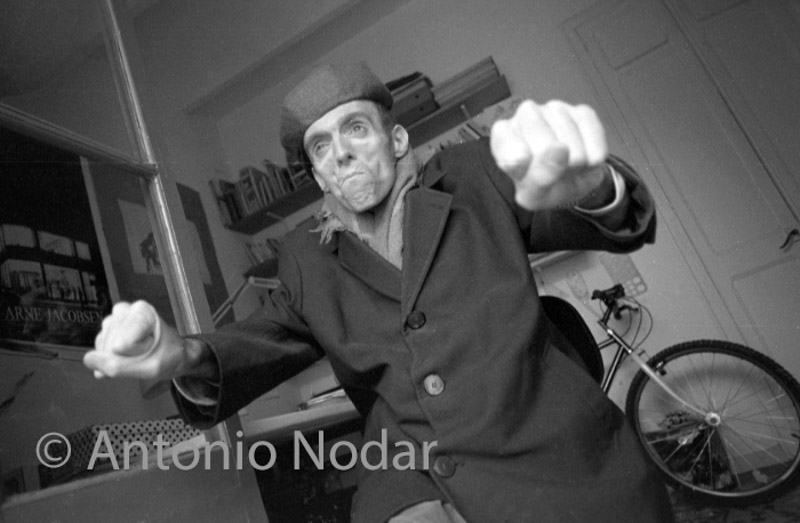
Carlos Moro bursts into animated gesture, channeling vitality and theatrical energy during a candid moment at home.
Gesture and Vitality
Arms thrust forward with a force that belies fragility, his motion is almost playful—a brief rebellion against gravity, against time. In the stark lines of his coat and the outstretched hands, I sense the echo of theater, the performance of being alive, even as the body becomes a battleground.
The Ritual of Medication
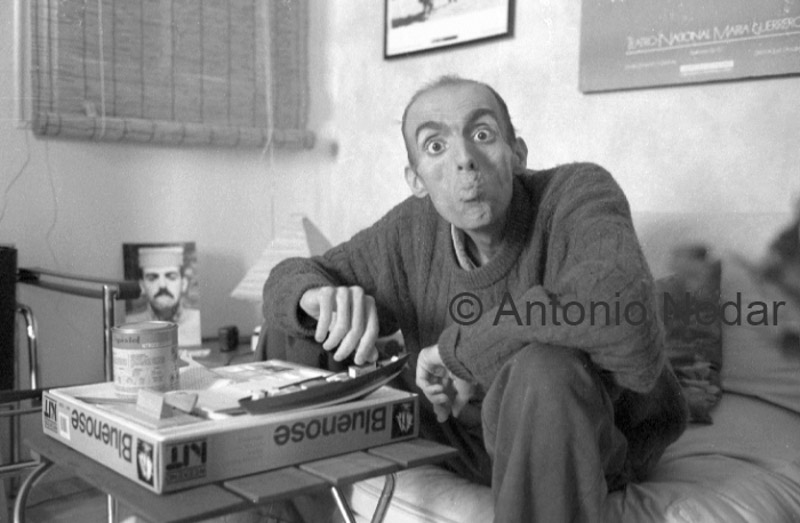
Carlos Moro prepares his daily medication, a quiet ritual amid the challenges of illness, in his Barcelona apartment.
Ritual of Medication
Every pill, every careful arrangement signals ritual—a choreography of survival. The tray is an altar; the act, a prayer to the ordinary. Here, illness is neither spectacle nor sentence, but a series of deliberate, defiant choices made in private.
Embrace of Love
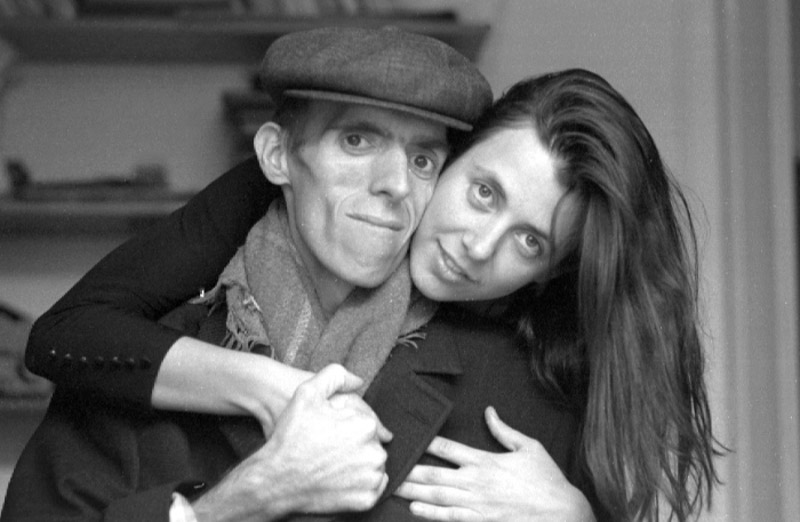
Carlos Moro and Monica in a moment of deep connection and support, reflecting the strength of their bond.
Embrace of Love
Two bodies entwined, forming an architecture of safety. The way they hold each other is both shield and shelter—a tacit affirmation that love does not retreat before illness, that presence is a language more powerful than words.
Reflections of Self
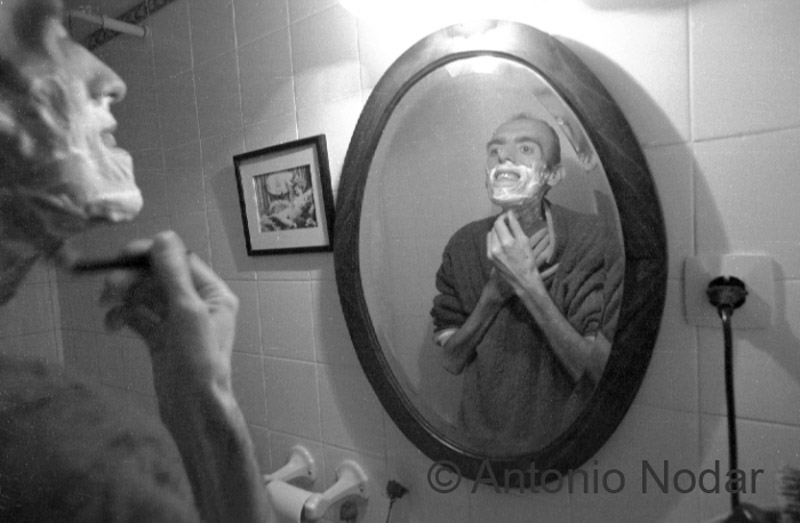
Carlos Moro stands before the bathroom mirror, contemplating his reflection during a quiet morning ritual.
Reflection at the Mirror
A figure meets his own gaze, separated by glass, unified by intent. The mirror frames not only a face but a question—how to reconcile the self remembered with the self revealed by change. There is vulnerability in this daily reckoning, but also courage.
Preparing for the Day
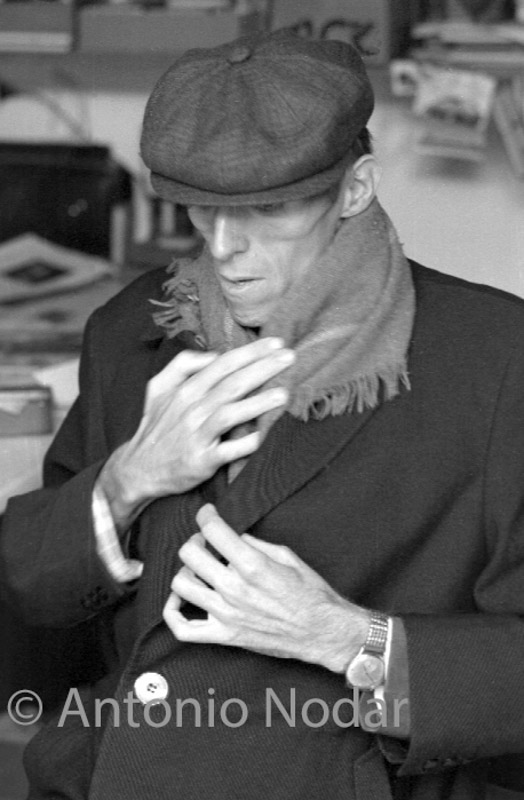
Carlos Moro adjusts his coat and scarf, a gesture of composure and routine during his final months in Barcelona.
Detail and Dignity
Hands work at fabric, buttoning a coat with measured care. This act, repeated countless times, becomes an assertion: I am still here, still capable of small dignities. Each button fastened is a quiet refusal to surrender to chaos.
Carlos Moro: Quiet Resolve
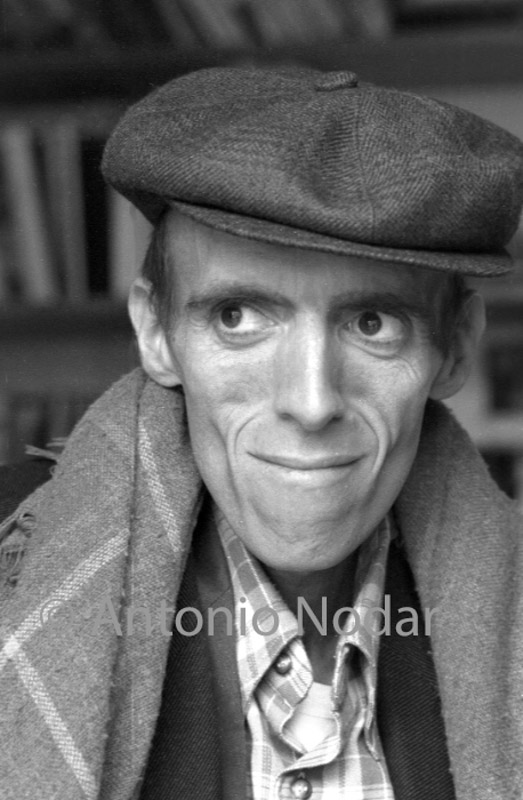
Carlos Moro in a moment of serenity, presenting both inner strength and vulnerability, six months before his passing.
Serenity and Strength
Upright, composed, carefully dressed—the scene radiates acceptance. There is gravity in his stillness, a serenity brittle yet unbroken. Surroundings fade as he commands attention by simply being, marking the triumph of presence over despair.
Tender Farewell
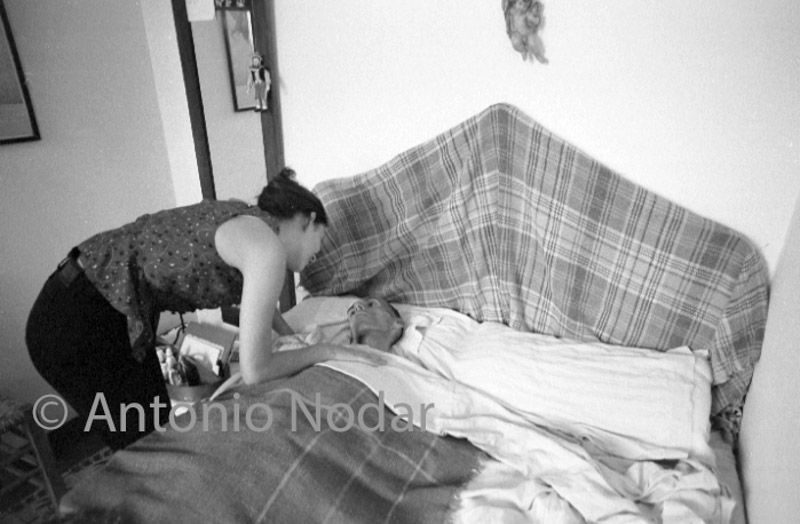
Monica comforts Carlos Moro in his last hours, embodying love and devotion at the end of his journey.
Tender Farewell
A woman leans in, her entire posture spelling out tenderness. In the hush of the sickroom, her care infuses the air, transforming the prospect of departure into a final ritual of love. The boundary between giving and receiving blurs.
Care and Compassion
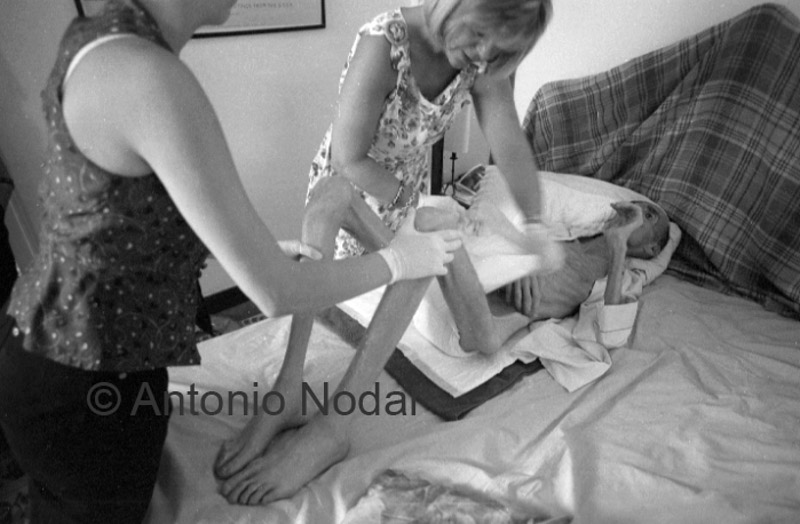
Carlos Moro is gently assisted by caregivers in his last hours, illustrating the power of human connection at the end of life.
Gentle Care in Final Hours
Multiple hands support frail limbs, two bodies working in unison to serve another. Their movements speak of respect, offering the assurance that dignity is preserved even as strength falters. It is a choreography of compassion.
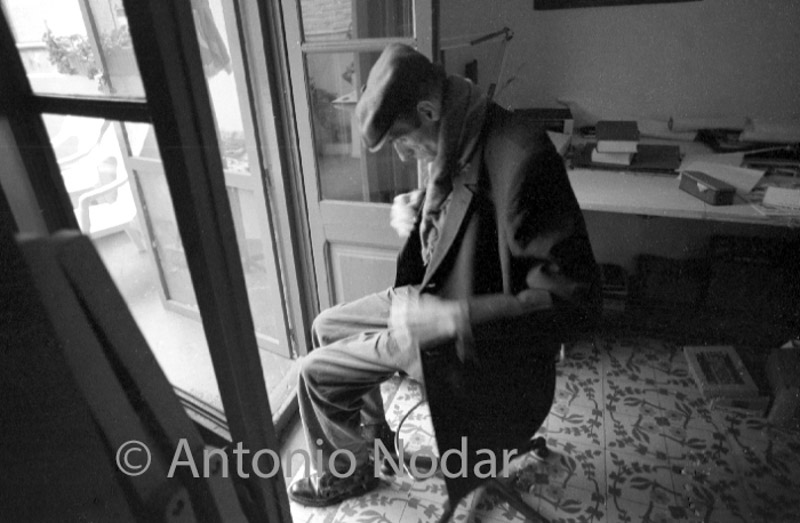
Carlos Moro at home, lost in thought, six months before his passing, during a quiet day in Barcelona.
Closure at the Door
A man perched in liminal space, framed by both the threshold and the light that falls through it. The outside world beckons; inside is memory, closure, perhaps even forgiveness. Here is a quiet that holds not just ending, but the seed of legacy.